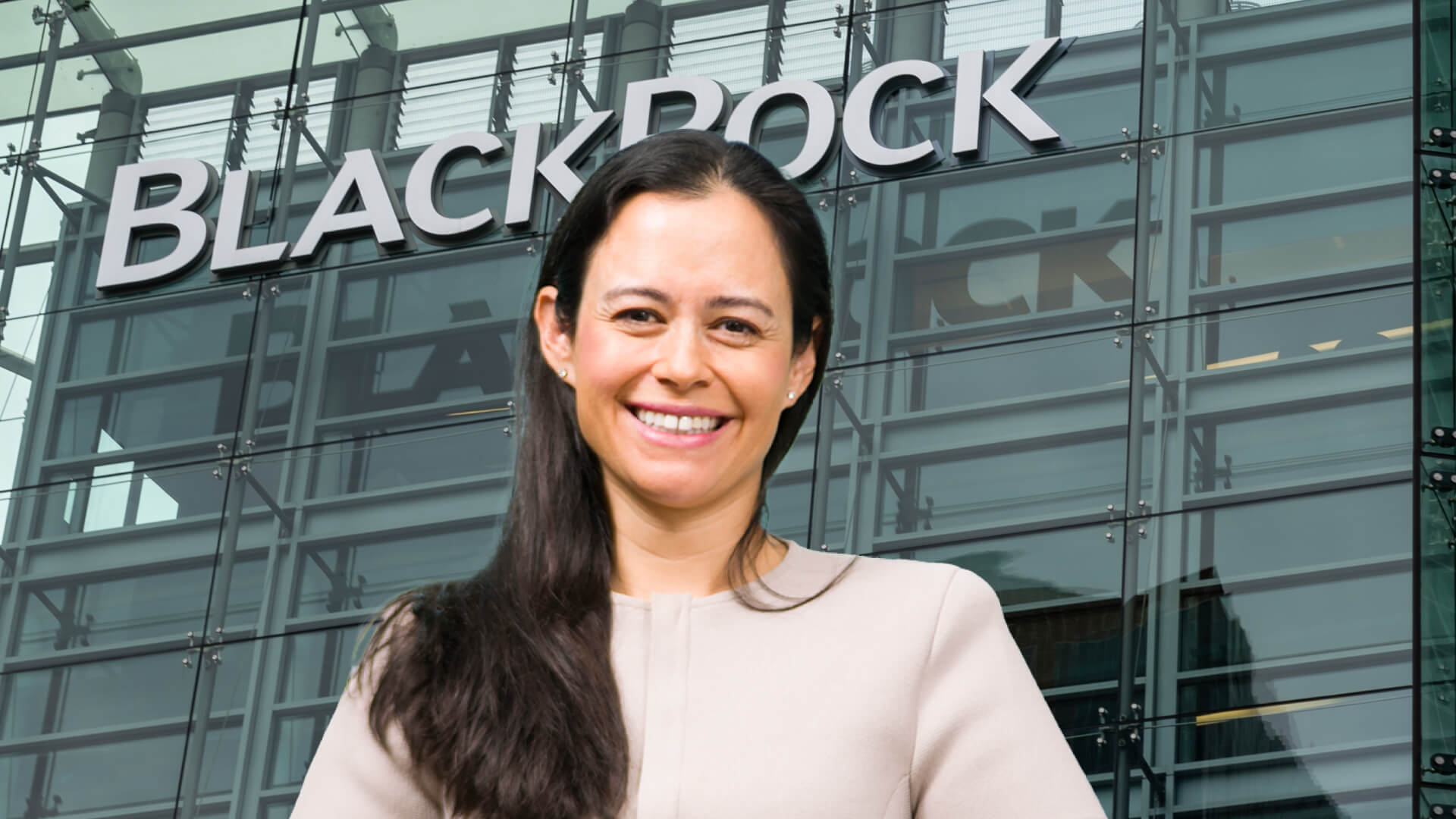In a concentrated world, these 2 asset classes can offer uncorrelated returns
Sometimes, there is no better investment research than simply looking around at the world. The trusty Mark-1 eyeball, in operation for 150,000 years, is a pretty handy tool.
Looking around today, what can we observe?
Well, we have a growing global population that increasingly wants to be connected. That equals more data. We also have an ageing and affluent population that will increasingly demand property and services. We need to transition to cleaner energy, which will require new energy-generating assets to be built and existing assets to be upgraded. And we have a trend towards on-shoring that involves companies bringing production closer to customers, causing big changes to supply chains and logistics.
In all those examples, more property and infrastructure will be required. Think data centres, retirement villages, green energy infrastructure such as wind and solar, and distribution centres and transport infrastructure.
It is because of these forces and more, that BlackRock believes the current infrastructure market, valued at $1 trillion, is poised to become one of the fastest-growing segments within private markets.
Furthermore, with governments worldwide already stacked with debt, new projects will require different funding sources. And therein lies the opportunity for investors.
To unpack the opportunity, I recently sat down with BlackRock’s Tamara Haban-Beer Stats - Director and ETF/Index Investments Specialist for BlackRock Australia – to discuss the iShares Core FTSE Global Infrastructure (AUD Hedged) ETF (GLIN) and iShares Core FTSE Global Property Ex Australia (AUD Hedged) ETF (GLPR).

Barriers are coming down
Traditionally, if you wanted to invest in infrastructure, you needed to be an institution.
As Haban-Beer Stats explains, you could either be part of a debt deal or a public-private consortium, be involved in the funding of the infrastructure asset, and then be entitled to cash flows from that asset.
But with an ETF, “you are able to get access to publicly listed infrastructure equities in a low-cost, transparent wrapper format”, says Haban-Beer Stats.
This democratisation of access allows a broader range of investors to benefit from the cash flows generated by infrastructure projects without needing substantial capital.
To highlight the opportunity and access (and knowing I was Melbourne-based), Haban-Beer Stats gave the example of investing in Melbourne’s Citylink toll road.
“It's not like you can just go to an office and give them a hundred dollars and suddenly have a stake, but you can invest in Transurban.
“So you're getting a publicly-listed company, which does have a very high beta to the unlisted asset itself, the infrastructure asset," says Haban-Beer Stats.
Haban-Beer Stats says ETFs are an ideal way of gaining that infrastructure asset through publicly listed companies that are involved in the infrastructure business.
The goal of these ETFs is to curate a portfolio of assets expected to deliver sustainable income. Investing in listed infrastructure equities is particularly appealing because it allows for diversification across various sub-sectors and geographic regions.
For instance, investors could gain exposure to both nuclear energy companies in the US - like Constellation Energy (NYSE: CEG) and airport operators in New Zealand - such as Auckland International Airport (ASX: AIA), thereby capturing trends in energy demand and transportation simultaneously.
What are the trends?
As discussed at the top, a handful of trends are creating significant opportunities in infrastructure and property.
Haban-Beer Stats refers to three of the main trends as the “Three D’s”—digitisation, decarbonisation, and demographics.
- Digitisation, propelled by advancements like 5G and artificial intelligence (AI), is leading to increased demand for data centres and related infrastructure.
- Decarbonisation efforts are creating opportunities in renewable energy generation and infrastructure that supports it, particularly in Europe, where regulatory incentives are strong.
- Demographics also play a critical role, especially as populations age in developed nations. The need for healthcare facilities and senior housing is growing, which translates into investment opportunities in social infrastructure.
Interestingly, while the ageing population is a major concern in the West, emerging markets like China and Indonesia present contrasting dynamics as they grapple with younger populations and unique infrastructure demands.
Addressing economic challenges
Inflation, supply chain disruption and the trend towards on-shoring are all factors that have the potential to frustrate investment opportunities.
In the context of on-shoring (bringing manufacturing and services back to domestic locations), which typically increases inflation, infrastructure investments exhibit lower volatility and can act as a natural hedge against inflation, given their stable cash flows and high dividend yields.
“The nature of the cash flows - contractual, stable, mature – tend to be a natural inflation hedge”, says Haban-Beer Stats, adding that infrastructure assets also typically have a low correlation to equity markets.
Having checked the correlation figure to the Australian equity market in preparation for this conversation, she notes that it was “well below 0.5 - so it's a nice offset and complimentary exposure in a portfolio”, says Haban-Beer Stats.
Considerations for investors
When considering investments in infrastructure and property, investors should focus on sectors that offer stable revenue streams according to Haban-Beer Stats, particularly those derived from rental income or essential services.
For example, the criteria for inclusion in the indices the BlackRock ETFs track require a significant portion of revenue to come from stable, contractual agreements, which aligns well with inflation protection strategies.
Key Data Point
When asked for a key chart/data point that highlights the opportunity in infrastructure, Haban-Beer Stats pointed to the following:
The world continues to need more high-speed networks, cell towers and satellites. The amount of data used by the average US household between 2017 and 2022 rose by 165%, and the variety and number of household smart devices continues to increase.
That demand, in turn, will see spending increase on the construction of data centres, with an estimated US$49 billion to be spent by 2030.
Conclusion
Property and infrastructure investments, particularly through ETFs, represent an appealing opportunity for many investors.
With the market expanding and evolving, the inclusion of factors like digital infrastructure, renewable energy, and demographic shifts provides a multi-faceted investment landscape.
As barriers to entry decrease and access improves, infrastructure is positioned as a vital component of a diversified investment strategy, offering potential for attractive returns amid economic uncertainty.
Haban-Beer Stats crystallises the opportunity by emphasising the uncorrelated returns that property and infrastructure can offer.
“If you look at the past couple of years of high interest rates and high inflation, we've typically seen positive stock-bond correlations. If we assume that those things, relatively speaking, are now here to stay, you're going to want something which that keeps you a bit more offset.
"People typically turned to longer-term bonds in the past, but if the US fiscal position is going to become increasingly weak, assets that can give you uncorrelated returns are going to become more and more valuable.
“Real estate and infrastructure are good examples of those types of assets” says Haban-Beer Stats.


Building global infrastructure and property into your core can allow investors to capture potential growth opportunities and navigate market cycles.
Learn more about how to use Real Assets ETFs here.
5 topics
4 stocks mentioned
2 funds mentioned

